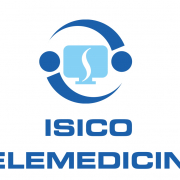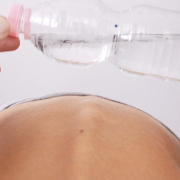Low back pain
Every year, the Italian Scoliosis Study Group selects the best published papers on conservative spine treatment from the global scientific literature.
Here is the abstract from one of these papers.
Long-term follow-up of untreated Scheuermann’s kyphosis
Enrique Garrido, Simon B Roberts, Andrew Duckworth, Joseph Fournier
PMID: 34212306 DOI: 10.1007/s43390-021-00354-y
Abstract
Study design: Long-term cross-sectional study.
Objectives: To investigate the long-term effects of untreated Scheuermann’s kyphosis on quality of life, and its relationship to radiographic parameters of spinal deformity. Previous studies reported reduced self-image, increased pain and impaired physical status. Little is known of the long-term impact of sagittal plane deformity in untreated SK.
Methods: One hundred and thirteen consecutive untreated patients with SK were identified from a national service database prior to 2000, when surgery was not offered at this unit. 81 of these patients were available for evaluation; 66 (81%) consented to questionnaire and clinical evaluation, and 47 (58%) consented to additional radiological evaluation. Health-related quality of life (HRQoL) was compared to normative population values. Mean age was 45.1 years (31-65), and mean follow-up was 27 years (16-36). 57 patients had thoracic kyphosis and 9 had thoracolumbar deformity.
Results: SRS-22 and SF-36 scores were lower, and ODI was greater in patients with untreated SK compared to normative population values. Kyphosis progressed from mean 66° at skeletal maturity to 78° (p < 0.001) after mean follow-up of 27 years. Long-term progression of untreated SK was 0.45°/year (n = 47). Multilinear regression showed good correlation between increasing SVA and worse ODI scores (r = 0.59; p = 0.001). Increasing SVA also correlated with worse function, pain and mental health scores reported by SRS-22, and with worse physical function and bodily pain scores reported by SF-36. Increasing CL correlated with worse SF-36 physical function scores. Increasing cSVA and increasing TK correlated with worse SRS-22 self-image scores.
Conclusion: SRS-22 and SF-36 scores were lower, and ODI was greater in patients with untreated SK compared to normative data. Long-term progression of untreated SK was 0.45°/year (n = 47). Increasing SVA correlated with worse SF-36 physical function, SRS-22 function, SRS-22 pain and higher ODI scores. Total kyphosis (TK) and cSVA were independent predictors of low SRS self-image.
Level of evidence: III.
Keywords: Disease; Kyphosis; Natural history; Outcome; Scheuermann’s.








Leave a Reply
Want to join the discussion?Feel free to contribute!